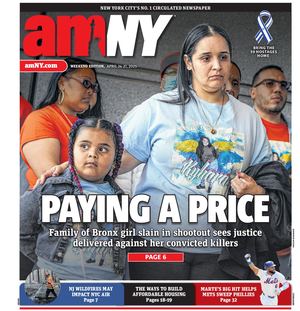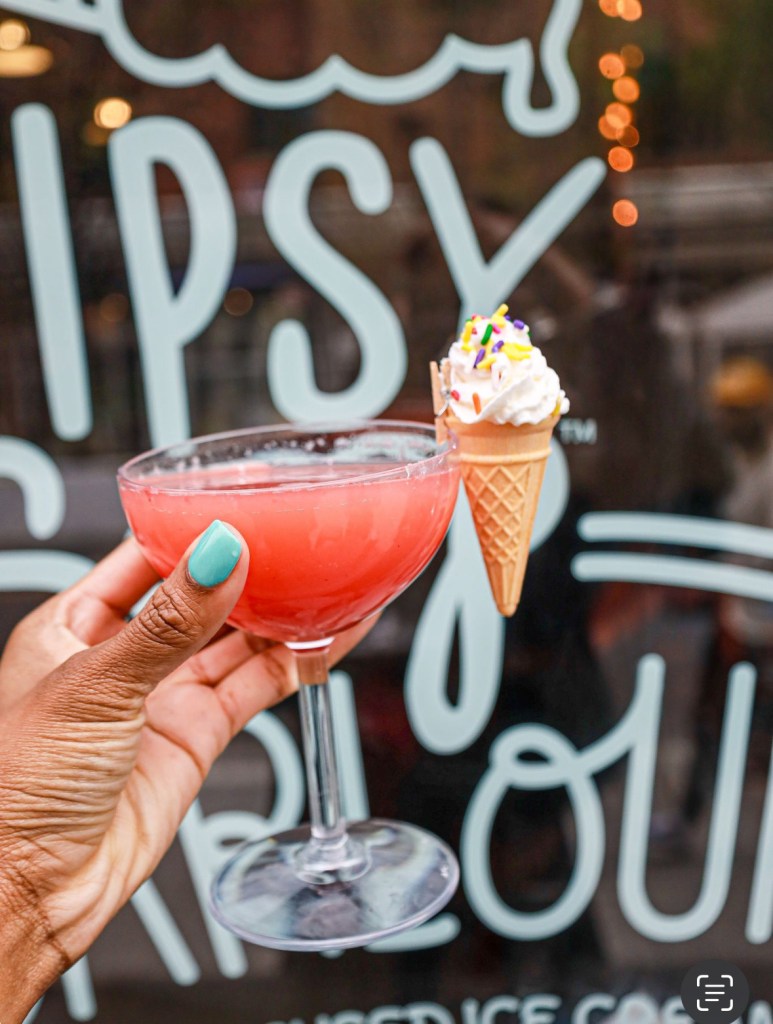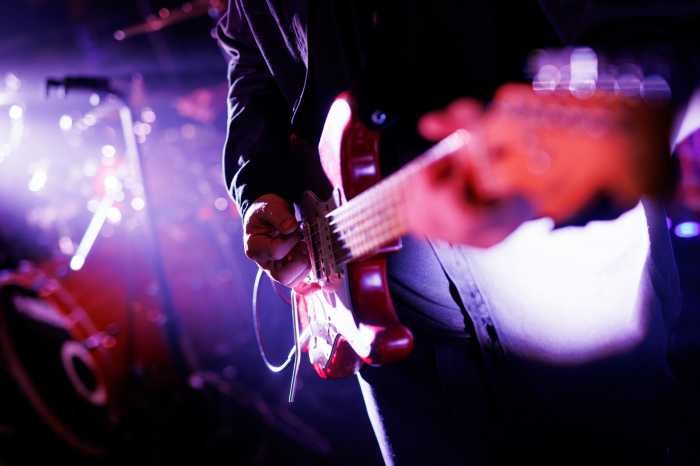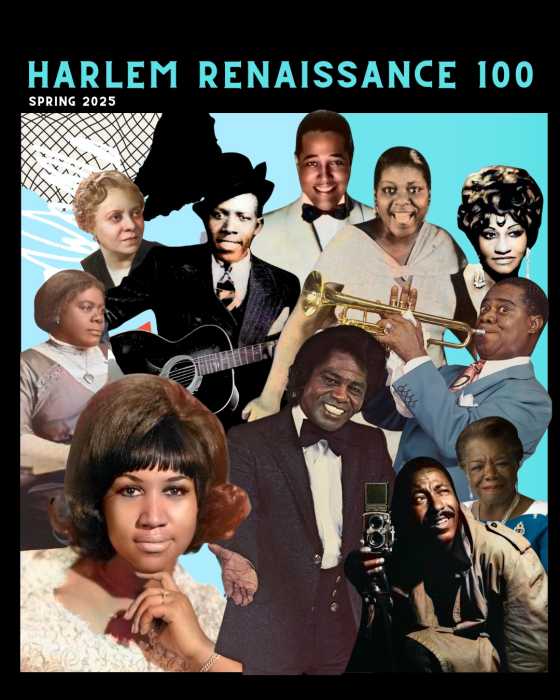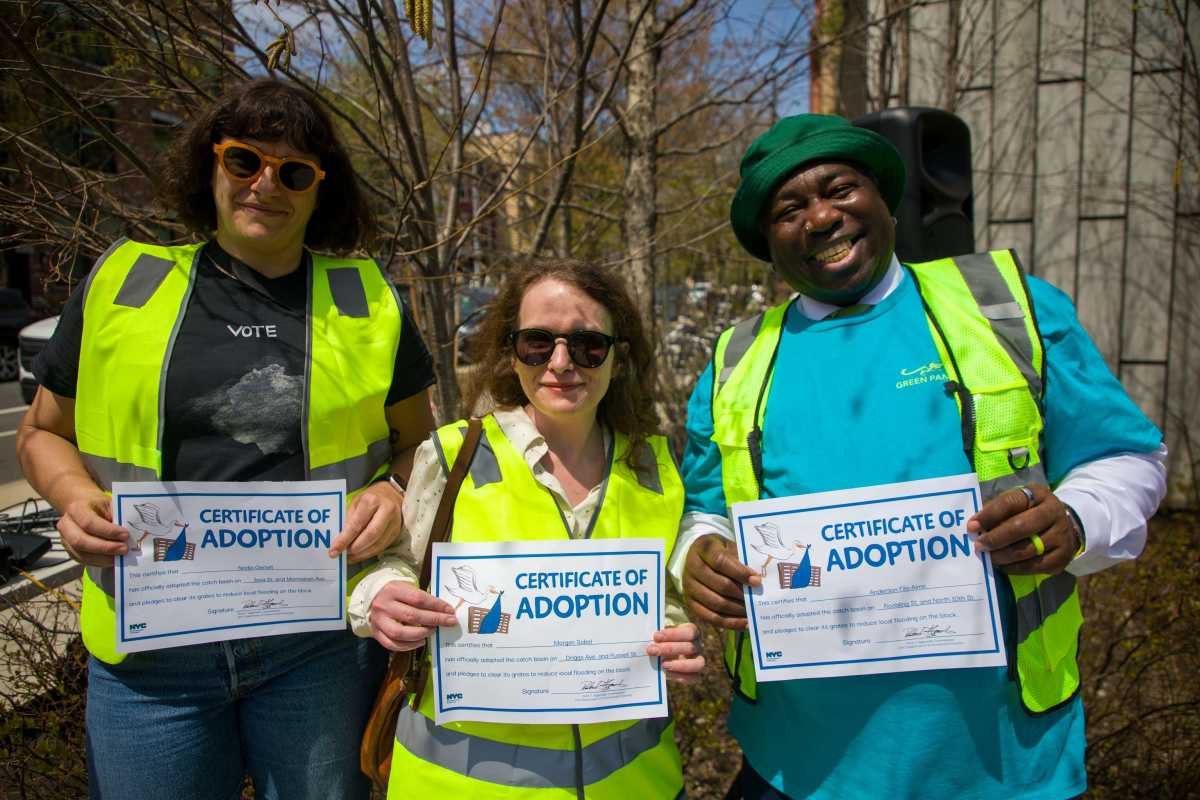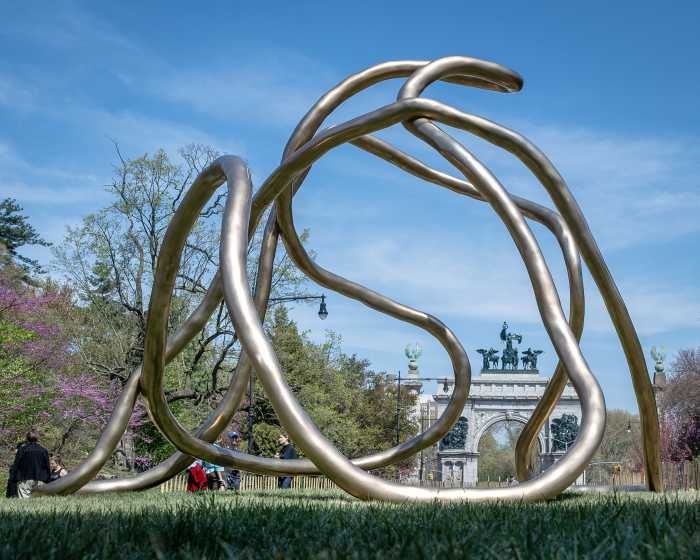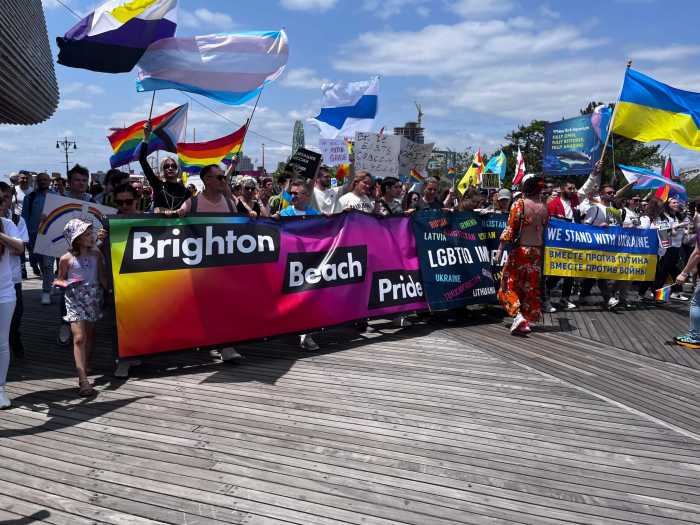
Tupac Shakur and Christopher Wallace (The Notorious B.I.G.) became two of hip-hop’s most notable icons amid an infamous rivalry that continues to hold the attention of fans more than two decades after their deaths.
The East Coast-West Coast beef “still resonates today,” “History of Rap and Hip Hop” author Soren Baker says.
There were many factors behind the complex New York vs. Los Angeles turf rivalry that heightened between 1994 and 1997 and ultimatley lead to their deaths. The beef had everything to do with competition among record labels, media coverage, gang culture and two artists with a talent for rhythmic comebacks.
The start
Tupac and Biggie may be synonymous with the rivalry, but it existed, in a sense, before they hit the scene.
“There was always tension — there was always resentment, rather — among some folks on the West Coast for the resistivity from New York DJs and artists to West Coast hip-hop,” says Dan Charnas, a music history associate professor at New York University’s Clive Davis Institute.
With New York City being the birthplace of hip-hop, artists from L.A. felt they weren’t given the same media coverage and public attention as those on the East Coast, says Baker, a former hip-hop journalist.
“The [West Coast] artists felt that when they came to New York, they didn’t receive the same acceptance and admiration as when New York artists came to L.A., because the West Coast’s [artists] were more popular, simply from a sales perspective, than anyone at the time on the East Coast,” Baker adds.
The labels
Pac and Biggie were pitted against each other as their fame, and the genre’s popularity, grew across the country.
The producers behind West Coast’s Death Row Records (Dr. Dre, Suge Knight) and East Coast’s Bad Boy Entertainment (Sean “Diddy” Combs) helped fuel the competition as years passed.
The L.A. scene got a boost when Dr. Dre joined forces with Suge to launch Death Row in 1991, the same time Power 106 (KPWR-FM) branded itself as a hip-hop-focused radio station with its “Where hip-hop lives” slogan. It wasn’t until two years later that Combs branched out into the business with Bad Boy Entertainment in NYC.
Rhythmic shade
So, what exactly does this have to do with Tupac and Biggie? Not much, yet.
The drama took off when Tupac, who was on trial on allegations of sex abuse, was shot five times by a group of robbers in the lobby of Quad Recording Studios in Times Square on Nov. 30, 1994. Tupac believed it to be an inside job, and placed blame on his friends who were also invited to the studio — Biggie, Jimmy Henchman and Combs. It’s unclear why Pac was the target of the robbery, but other artists, including Funkmaster Flex most recently, have insisted the artist may have shot himself. The incident — whether a message from a rival group, the work of a former friend or a random attack — was enough to create a rift between Pac and Biggie that they were never able to repair.
It didn’t exactly help that Biggie released a track, “Who Shot Ya,” shortly afterward, in which he clearly expressed loyalty to the East Coast and the Bad Boy crew. But responding to accusations via lyrics was already a key part of hip-hop.
“It was how hip-hop grew, these call and response answers. No questions about it,” Charnas says. It’s mirrored today in rap battles and artist feuds, like that between Drake and Meek Mill.
Damaged egos
Pac, feeling betrayed by his former friend, served nine months in Clinton Correctional Facility in upstate New York on a sexual assault charge when Knight paid him a visit in 1995 and fueled the fire.
The producer went onstage at the Source Awards at Madison Square Garden’s Paramount Theater on Aug. 3, 1995, and threw shade at record label rival Combs. “Any artist out there wanna be an artist, and wanna stay a star, and don’t have to worry about the executive producer trying to be all in the videos, all on the records, dancing — come to Death Row,” he said.
“Thug Life”
While the label never addressed what exactly sparked Suge to make the speech on Combs’ turf, timeliness was a factor: Tupac had just signed with Death Row. The move wasn’t just about music. It marked Pac’s acceptance into Suge’s powerful group, known to have gang affiliations.
Pac’s decision ultimately reflected his desire to be viewed as an authoritative figure, Charnas says, referring to the late artist as “royalty.” “He didn’t need credibility. He had credibility, but it wasn’t the kind of credibility he craved. What he wanted, for whatever reason, was to be seen with street credibility … that became his motto: Thug life.”
Rappers’ demise
After short-lived yet successful careers surrounded by controversy, both Tupac and Biggie were shot and killed not long thereafter. Tupac was critically injured in a drive-by shooting on the Las Vegas strip and died on Sept. 13, 1996. Biggie was shot and killed on L.A.’s Miracle Mile six months later on March 9, 1997. While both cases remain unsolved, loyal fans and industry influencers still believe the East Coast-West Coast beef is to blame.
“It’s one thing for a record label to promote an artist who promotes violence. It’s another thing when that violence becomes real and affects people,” Baker said. “It’s not just entertainment anymore. … It became real life and the line between reality and entertainment blurred.”
